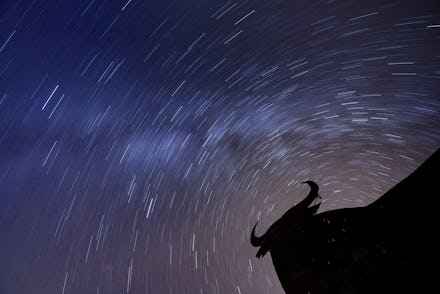Everything you need to know about the Perseid meteor shower this summer

The most notable celestial moment in August is a total solar eclipse that has been dubbed the “Great American Eclipse.” During this event — which has been called “one of the events of the century” — the moon will cast a 70-mile-wide shadow over the sun. But that’s not the only reason to look up into the sky this August.
About a week prior to the coast-to-coast solar eclipse, the annual Perseid meteor shower will take place and result in hundreds of shooting stars in the sky. From July 17 to Aug. 24, Earth will make its way through the path of dust and debris left by Comet Swift-Tuttle — an object that passed by Earth in 1992 while orbiting the sun and won’t return until 2126.
When the planet goes through the densest portion of the debris, viewers on Earth will be able to see the most meteor showers over the shortest amount of time. This year, the Perseids are slated to peak on Aug. 12.
On average, there are generally 80 meteors an hour during the peak. But some “outburst years,” like 2016, have significantly higher rates. During outburst years, the rate can be anywhere from 150 to 200 meteors an hour. This year will be a lighter year, as the moon will be three quarters full.
“Rates will be about half what they would be normally, because of the bright moonlight,” NASA meteor expert Bill Cooke told Space.com. “Instead of 80 to 100, [there will be] 40 to 50 per hour. And that’s just because the moon’s going to wash out the fainter ones.”
In space, the debris is referred to as Perseid meteoroids. The meteoroids enter Earth’s atmosphere — where they overheat and vaporize into shooting stars — at a quick speed: about 133,200 miles per hour. As for their mass, they’re usually pea-sized or similar to the size of a marble. While they almost never touch ground, when they do they are referred to as meteorites.